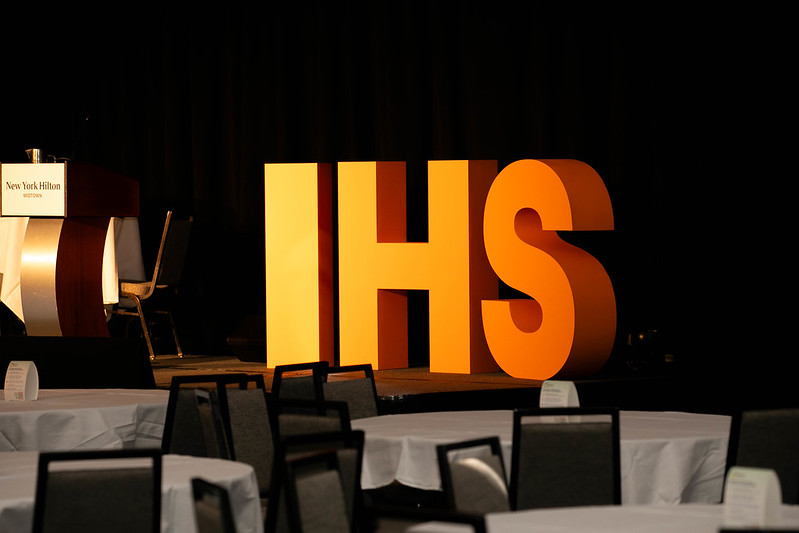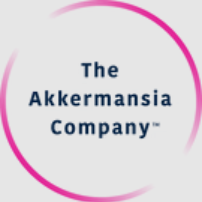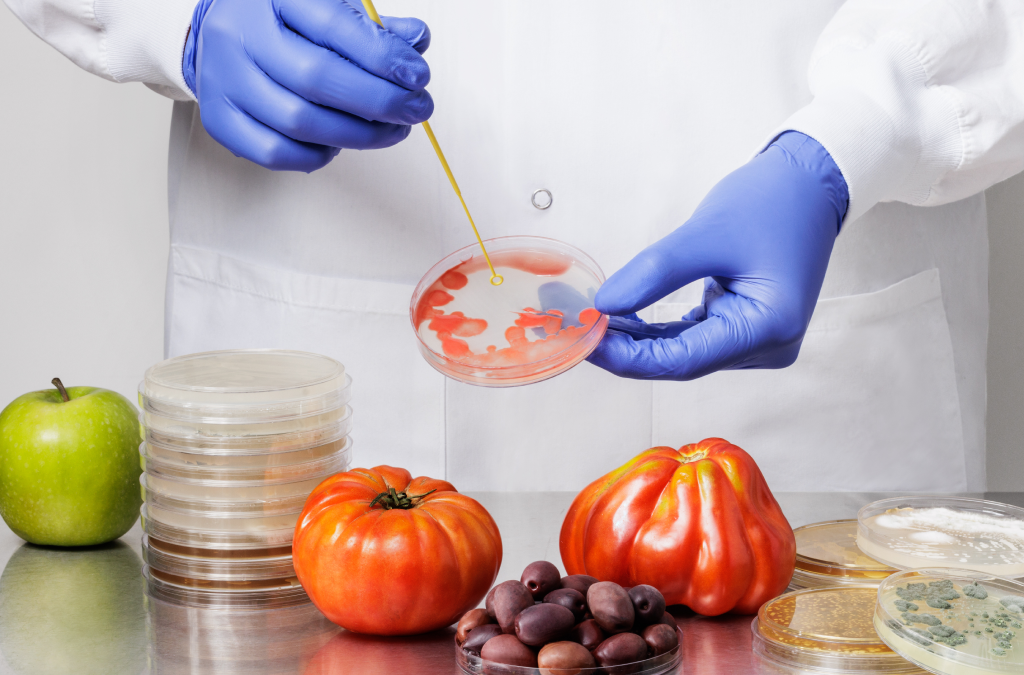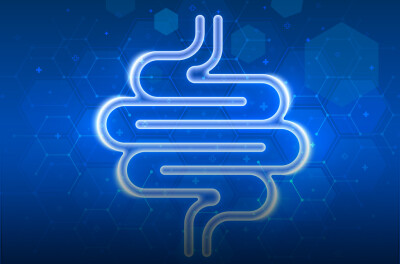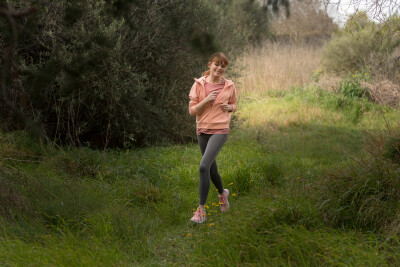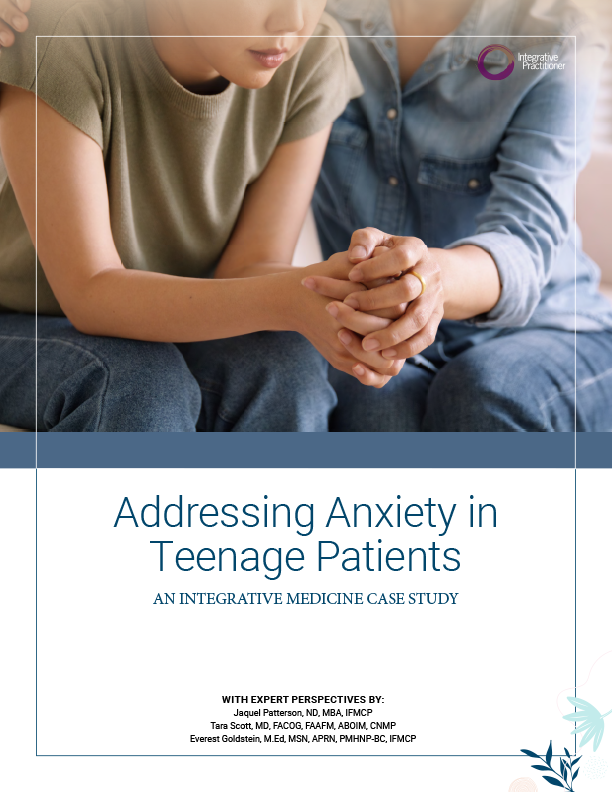Using psilocybin for anxiety, depression, addiction
By Katherine Shagoury
There is therapeutic potential in psilocybin, said Roland Griffiths, PhD, at the 2019 Institute for Functional Medicine Annual International Conference in San Antonio, Texas.
Psilocybin is the principal psychoactive component the Psilocybegenus of mushrooms. The classic psychedelics are a structurally diverse group of compounds that bind at 5-HT2 Aserotonin receptors and produce a unique profile of changes in thoughts, perceptions, and emotions. Examples include the tryptamines and phenethylamines, Griffiths said.
Historically, considerable human research was conducted with psilocybin and related classic psychedelics in the 1950s and 1960s. However, human research with these compounds went dormant for about three decades because of safety concerns raised in response to the widespread non-medical use of these compounds in the 1960s.
Psilocybin is classified as Schedule I compounds under the Controlled Substances Act. Lifetime prevalence of nonmedical use of psilocybin in the U.S. was 8.5 percent in 2015. The National Institute on Drug Abuse does not consider psilocybin and other classic psychedelics to be drugs of addiction because they do not produce compulsive drug-seeking behavior. Medical emergencies from psilocybin use is very rare.
Despite an apparently low risk of addiction and toxicity, there is concern about exposure because of potential adverse effects, including panic reactions and possible precipitation of enduring psychiatric conditions. Griffiths and colleagues documented the validity of these concerns in an internet survey of 1993 individuals who reported having had challenging experiences after taking psilocybin. 11 perecent put themselves or others at risk of physical harm; 3 percent got medical help; and 10 percent reported enduring adverse psychological symptoms lasting less than one year. Such effects are very uncommon in laboratory studies, Griffiths said.
Principal site of action for the classic psychedelics are 5-HT2A receptors where they function as agonists or partial agonists, Griffiths said. 5-HT2A receptor, a G-protein-coupled receptor, is the most widely expressed serotonin receptor in mammals. It activates various downstream signaling pathways, with functional selectivity, and brain gene expression.
5HT2A receptors are expressed in key cortical and subcortical structures, including the cortex, thalamus, claustrum, locus coereuleus, ventral tegmental area, and the reticular system. 5-HT2A receptor-mediated activation of second messengers and neuronal gene transcription. A small subset of excitatory trigger neurons initiate activity, which recruit subpopulations of inhibitory and non-neuronal cells initiating the cascade of cellular events resulting in destabilization of brain networks, with subsequent emergence of novel patterns of global connectivity. Brain connectivity falls into a more chaotic state, which reverses after the drug has cleared the system. In the case of psychiatric disorders, damaged networks can then reconnect in healthy ways, Griffiths said.
Increasing evidence that classic psychedelics result in structural and functional neuroplasticity includes increased neuritogenesis, spinogenesis, and synantogenesismediated through the TrkB, mTOR, and 5-HT2A signaling pathways. Anti-inflammatory effects of psychedelics may facilitate stabilization of the brain in its renewed healthy state, Griffiths said.
Griffiths and colleagues conducted three studies, with rigorous double-blind cross-over or parellel group designs:
- 2006-2008; 36 participants; two or three sessions; compared a high dose of psilocybin to a high dose of methylphenidate
- 2011; 18 participants; five sessions; compared placebo and 5, 10, 20, and 30 mg/70 kg psilocybin
- 2018; 75 participants; 2 or 3 sessions; compared low dose psilocybin (1 mg/70 kg in 2 sessions) with high dose psilocybin (20 and 30 mg/70 kg in two sessions)
They recruited participants from the local community through flyer and newspaper advertising. Participants were medically and psychiatrically healthy, and most were without histories of psychedelic use. Participants met with the session monitors on several occasions before the first session and after each session. A major purpose of the meetings was to develop and maintain rapport and trust, believed to minimize the risk of adverse reactions to psilocybin.
Psilocybin increases various measures known to be sensitive to hallucinogenic drugs, including perceptual changes, greater emotionality, and cognitive changes. In most volunteers, psilocybin produced large increases on self-rated questionnaires designed to measure naturally occurring, mystical-and insightful-type experiences, Griffiths said.
The Mini-Mental Status Examination (MMSE), which provides a global measure of cognition, is not affected across this same range of psilocybin doses, Griffiths said. One month after high-dose sessions, 78 percent of participants said it was among the top five most personally meaningful experiences of their life; 83 percent said it was among the top five most spiritually significant experiences of their life; 94 percent said it increased sense of well-being or life satisfaction moderately or very much; and 89 percent endorsed positive behavior change.
One month after sessions, participants reported increased sense of personal self-confidence, inner authority, authenticity, playfulness, open-mindedness, self-honesty, and ability to tolerate suffering. They reported increased life appreciation, gratitude, enthusiasm, meaning, richness, joy, optimism, dynamic quality, and positive life values, as well as increased love and openheartedness, inner peace, positive emotions, inspiration, and decreased anger.
In addition, they reported increased positive relationships, tolerance toward others, love toward others, empathy toward others, compassion, concern for vulnerable people, sense of reverence, sense of preciousness of life, profound sacred experiences, belief in some form of continuance after death, sense that all of life is interconnected, emotional bond with all of humanity, and overall positive behavior changes. The effects are sustained at 14 month follow-up, Griffiths said.
Under the conditions of these studies, psilocybin occasioned discrete experiences have marked similarities to classic mystical-type experiences, Griffiths said. These experiences are associated with enduring positive trait changes in attitudes, mood, and behavior, spirituality, and altruism.
The finding that psilocybin can occasion, in most people studied, mystical-type experiences virtually identical to those that occur naturally, suggests that such experiences are biologically normal and that such experiences are now amenable to systematic prospective scientific study.
Editor’s note: This article is part of Integrative Practitioner’s live coverage of the 2019 Institute for Functional Medicine Annual International Conference. For a full list of coverage, click here.



